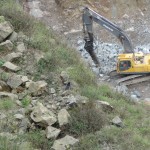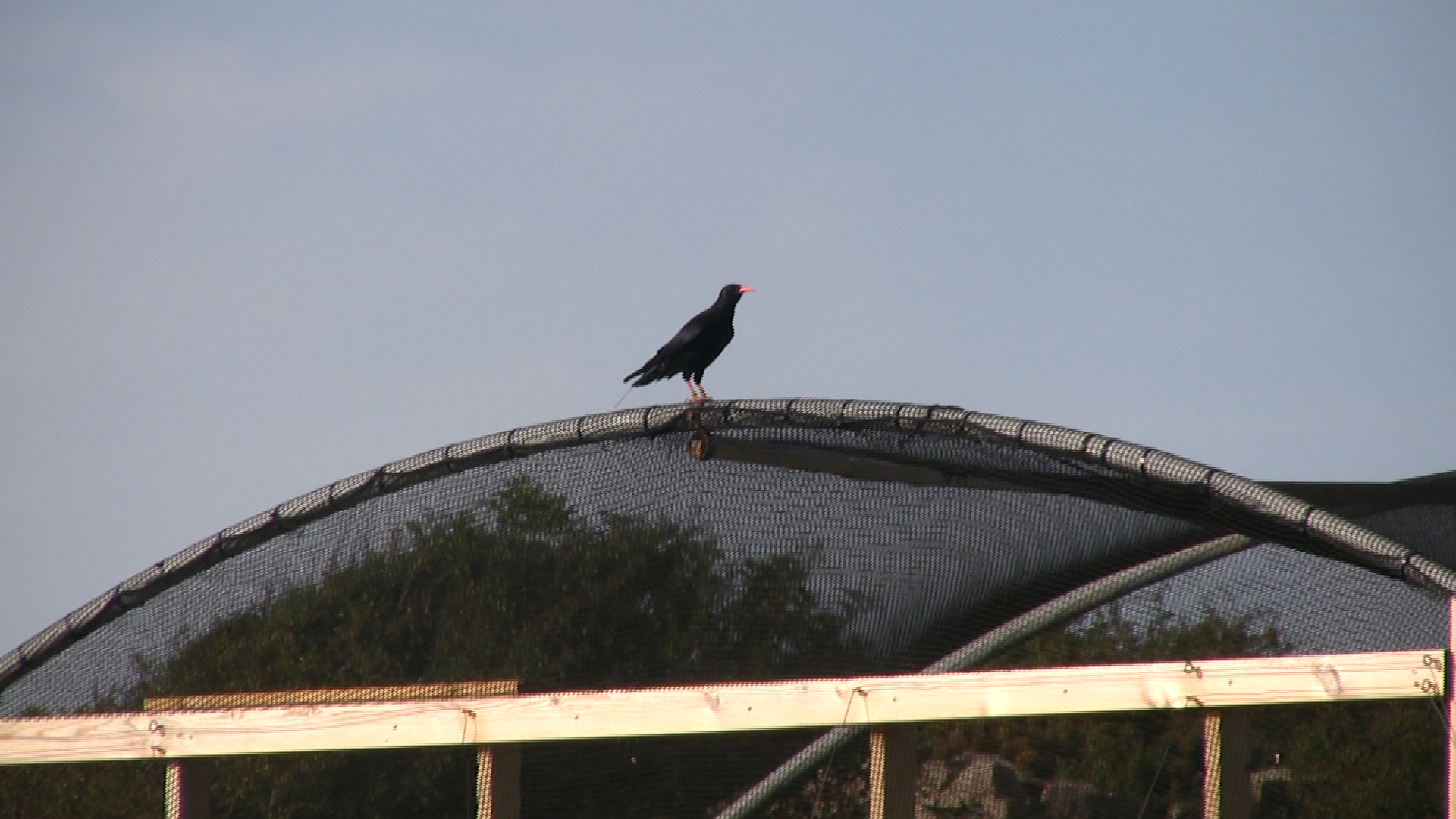By Paul Veron
While gulls, with their close association with we humans, tend to stir strong emotions (both positive and negative), few would argue that they are not iconic symbols of our Island lives. We are indeed most fortunate to host numbers of lesser black-backed gulls of international importance, and herring gulls and great black-backed gulls of regional significance. However…we now know that gulls across their European range are struggling to maintain their numbers, with herring gulls listed in the UK’s Red Data Book (Birds of Conservation Concern 3: download here) as “Red” (i.e. most conservation concern) (and in Jersey as “Amber”: download full list here). Lesser black-backed gulls and great black-backed gulls appear to be following close behind with Amber status (medium concern) in the UK. The herring gull population across the UK appears to have fallen by more than 50% in the last 30 years!
The exact reasons for such declines are now under study in several countries, but changes to solid waste disposal practice (with the closure of landfill sites) and reductions in fisheries discards at sea are believed to be major factors. With the knowledge that the Channel Islands’ only remaining landfill (Chouet Landfill on Guernsey) is due to be closed for organic refuse in the foreseeable future, we expect some further large-scale changes to the gull populations in the Channel Islands. This was the primary driver for establishing gull research using colour ringing of both adults and chicks. Although the projects were established in 2008, they received a major boost when the North Thames Gull Group effectively became our partner in 2009. Every year since, members of this UK specialist gull catching group have visited Guernsey for a week to cannon net and colour ring gulls at Chouet Landfill.
As a result of this collaboration, and also the ringing of gull chicks in the islands, we are now building a very valuable database of sightings records, which will help reveal the complex lifestyles of our gulls, including their migration strategies and survival rates. Not only will this ultimately help in the conservation and understanding of gulls here in the Channel Islands, but as our projects are now amongst the largest such studies in Europe (9,507 gulls have been ringed since 2008) they will be of value elsewhere too.
With a reasonable sample of gulls now being colour ringed, they are easy to spot around the islands. It is evident that many of Jersey’s breeding herring gulls visit Chouet
Landfill at some point during the breeding season, although they are less frequent there at other times of year. Every colour ring observation is of value, and they are very easy to report direct via a specially designed web site. Reporters get the benefit of being able to instantly see the full life history of the gull they are reporting.
It will be very much appreciated if any colour ringed gulls seen could be reported through Guernsey Gulls here (register for convenience and follow easy instructions).
Further information on the gull projects is available at:
Guernsey Gulls
Guernsey Gulls BlogSpot












































 Now that there are birds out on the coast, please don’t hesitate to send in your sightings. Check
Now that there are birds out on the coast, please don’t hesitate to send in your sightings. Check 


